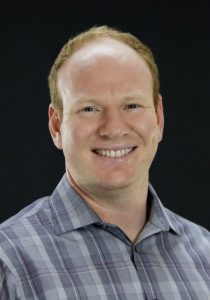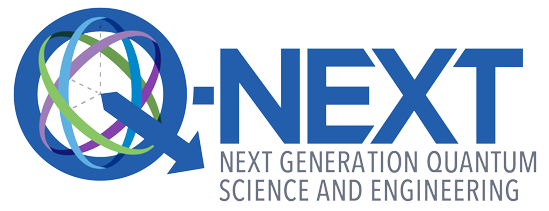
Q-NEXT collaborator Shimon Kolkowitz has received a 2022 Sloan Fellowship, a competitive prestigious award given to promising researchers in the early stages of their careers.
Kolkowitz, an assistant professor of physics at the University of Wisconsin–Madison, builds some of the most precise clocks in the world by trapping ultracold atoms of strontium — clocks so accurate they could be used to test fundamental theories of physics and search for dark matter. As a member of Q-NEXT, a quantum research center led by the U.S. Department of Energy’s Argonne National Laboratory, he uses quantum science to develop sensors that detect phenomena at the nanometer level — 50,000 times smaller than the width of a human hair — and measurement tools with unique capabilities.
“Today’s Sloan Research Fellows represent the scientific leaders of tomorrow,” said Adam F. Falk, president of the Alfred P. Sloan Foundation, which has awarded the fellowships since 1955. “As formidable young scholars, they are already shaping the research agenda within their respective fields—and their trailblazing won’t end here.”
Kolkowitz is one of 118 researchers from the United States and Canada honored by the New York-based philanthropic foundation.
Each fellow receives $75,000 in research funding from the foundation, which awards Sloan Research Fellowships in eight scientific and technical fields: chemistry, computer science, economics, mathematics, computational and evolutionary molecular biology, neuroscience, ocean sciences and physics.
Q-NEXT research is supported by the U.S. Department of Energy Office of Science National Quantum Information Science Research Centers.
